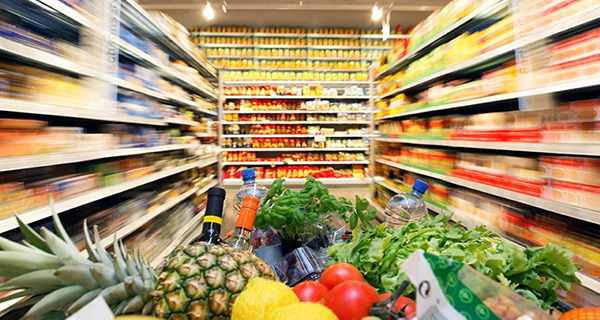
Over a quarter of global consumers (27%) consider food and drink to be appealing if products are advertised for consumption at a specific time of day, according to research by consumer insight firm Canadean. The company’s latest report states that while demographic segmentation is commonly used in food and drink marketing, brands are increasingly launching products for consumption at particular times of the day.
Tanvi Savara, Consumer Insight Analyst at Canadean, explains: “Habitual consumers respond well to daypart-specific launches from their preferred brands. Results from Canadean’s global consumer survey, conducted across 31 countries from September to December 2015, show that nearly a third of regular soft drink consumers find time-specific products appealing. Similarly, 34% of regular snack consumers find themselves tempted by products advertised for consumption at a specific time of the day.”
WHEN CONSUMERS WANT TO EXPERIMENT – This trend aligns with consumers’ newfound readiness to experiment with food or drink products that posit themselves as specifically for consumption outside traditional eating hours.
Savara continues: “Brands such as Cadbury, with its Dairy Milk Medley, are redefining consumption occasions by incorporating ingredients that are reminiscent of meals or desserts in order to extend consumption into new times of the day. Others take inspiration from familiar flavor profiles and add an experimental twist to generate appeal. Alpina Café Selections yogurt, which hails from the US, is one such example, as it claims to have caffeine content equivalent to about half a cup of coffee and is positioned as the ‘perfect addition to anyone’s morning or afternoon routine.’”
EVERY DAYPART WANTS ITS FOOD – Although time-specific products currently appeal very strongly to those who are brand loyal, opportunities do exist for manufacturers to target a wider consumer base.
Savara concludes: “Brands seeking to leverage time-of-day positioning successfully should not just identify the daypart for which a product is formulated, but also address the purchase motivations that are most relevant for that daypart, through formulation and marketing. For example, consumers are more likely to snack on health-oriented choices such as fruit and yogurt earlier in the day, whereas indulgence is more likely to be an influence towards the end of the day, with chocolate or savory snacks preferred late at night.”
